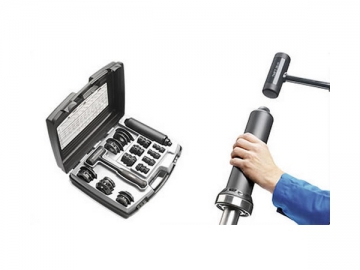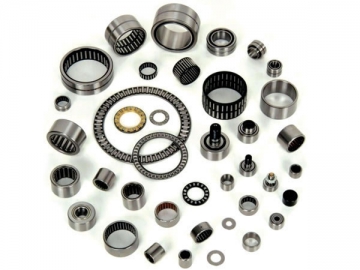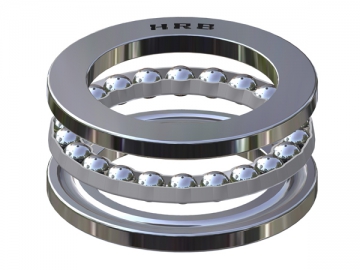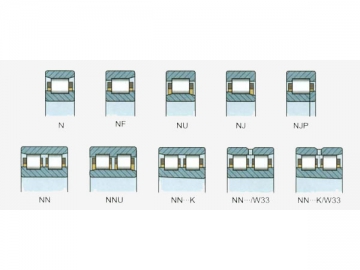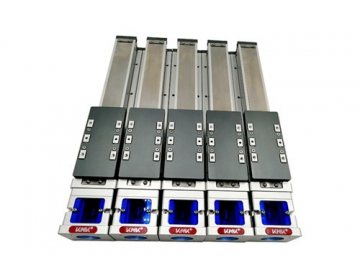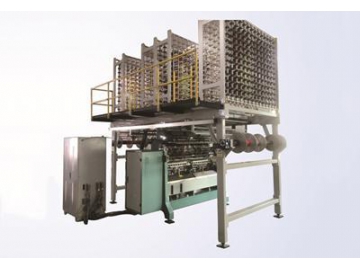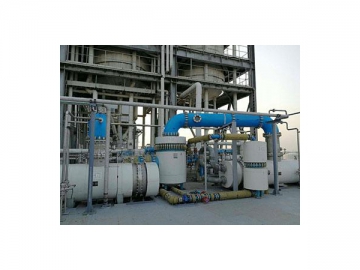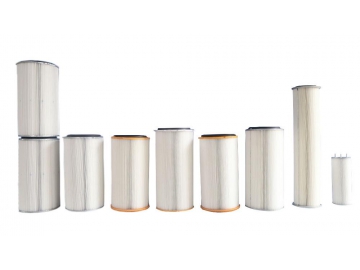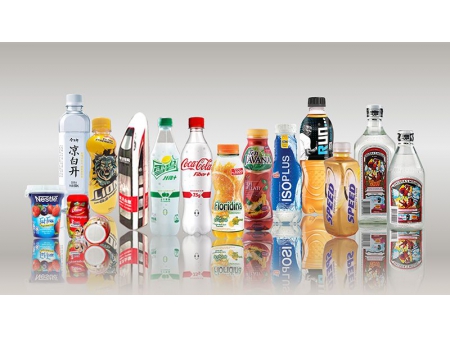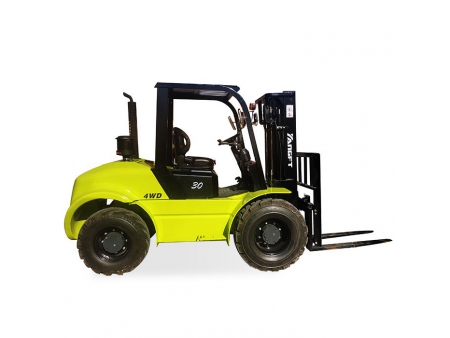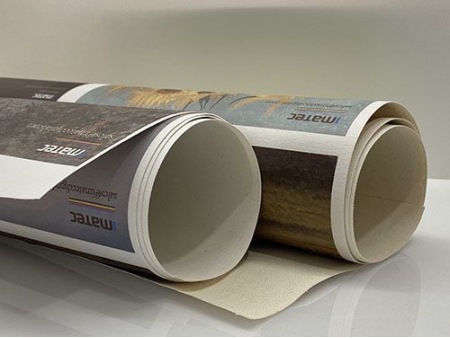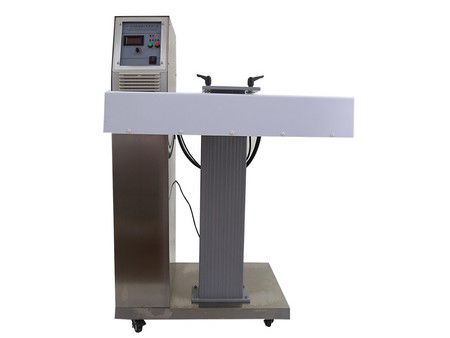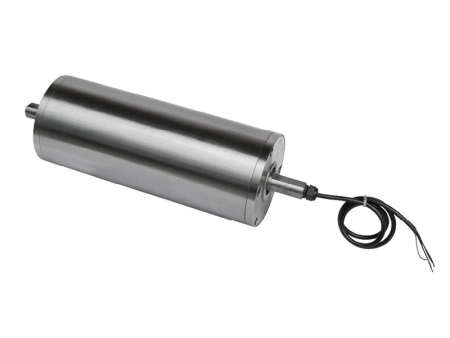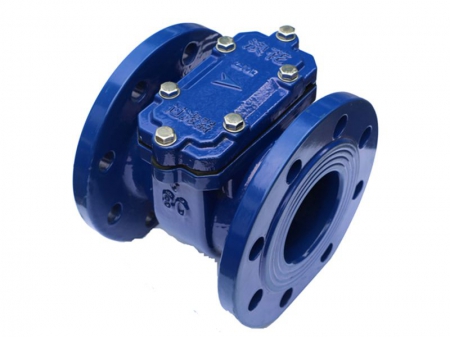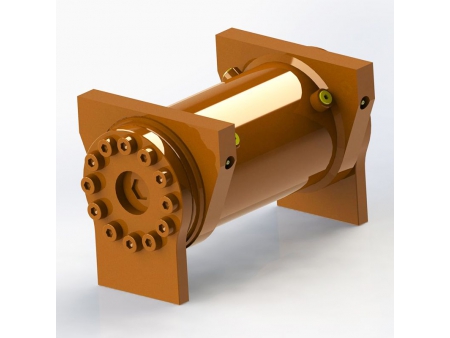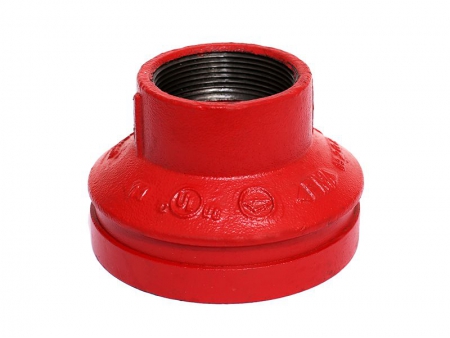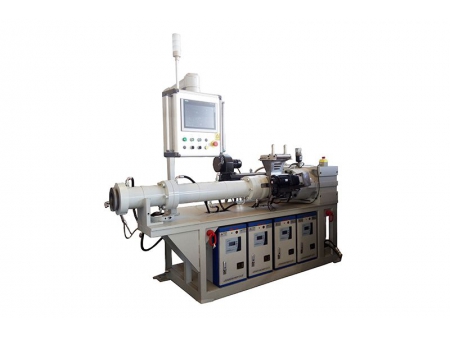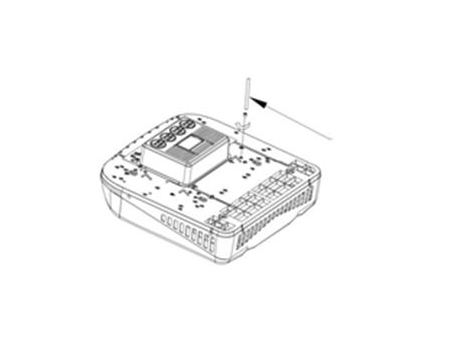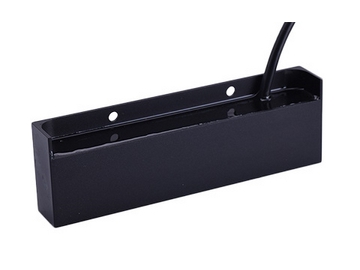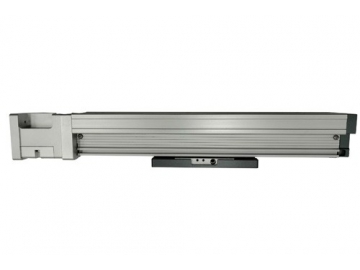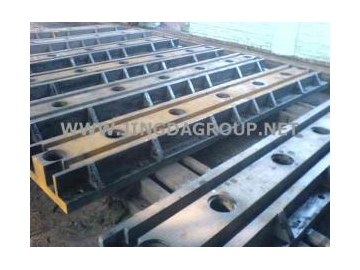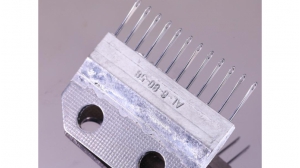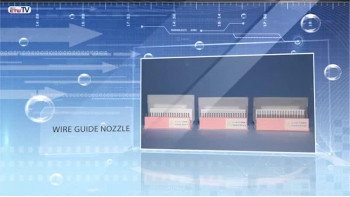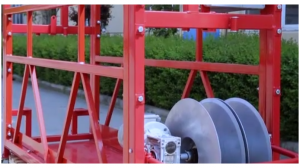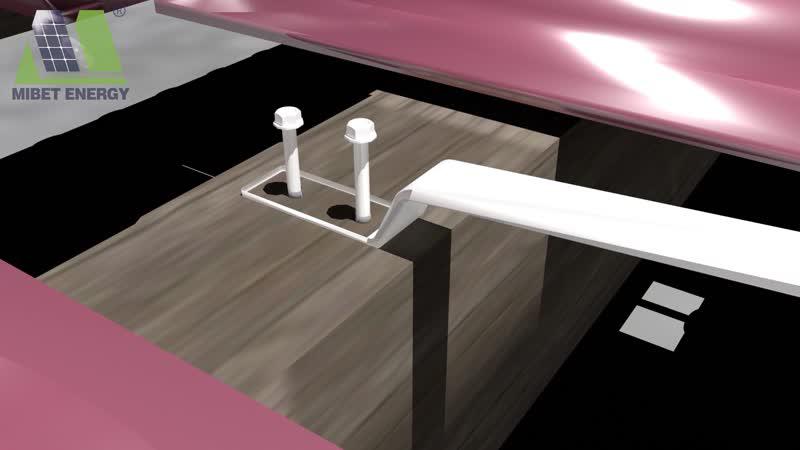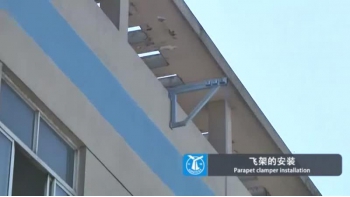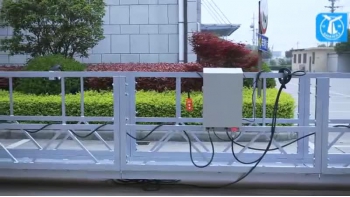Installation Guide
Bearings pertain to precision parts, so they should be taken seriously when in use. If used improperly, even a high-performance bearing will fail to achieve expected performance effect. In addition, it will be easily damaged. Therefore, the following matters need attention when in use of bearings.
1. Keeping Bearings and Surroundings Clean
Iron scale, burr, dust, or other impurities in bearings may lead to noise and vibration during operation. Worse still, they may damage both raceway and rolling elements. Therefore, you must make sure that the mounting surface and installation environment are clean prior to bearing installation.
2. Reading the Installation Guide Carefully
Bearing surface is coated with anti-rust oil. Prior to installation, it must be washed with clean gasoline or kerosene, and then coated with high-quality or high-speed high-temperature lubricants. During installation, powerful punch is not allowed. Hitting the bearing with a hammer directly is prohibited. Pressure transmission by rolling elements is also not allowed.
3. Using a Suitable Installation Tool
Try to use special-purpose tools. Please avoid using fabrics and short fibers.
4. Corrosion Protection for Bearings
Sweat on hands should be fully washed off when you take a bearing directly with hands. The bearing must be coated with superior-quality mineral oil prior to operation. Corrosion protection is necessary especially in rainy days or in summer.
However, lifespan of bearings can be extended under some special operating conditions, especially under light load. These special operating conditions include the effective separation of rolling surface (raceway and rolling elements) by a lubricant film, and the possible surface damage caused by pollutants. In fact, so-called permanent lifespan of bearings is likely under ideal conditions.
